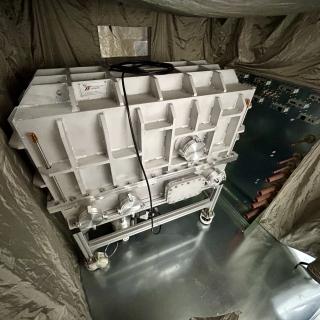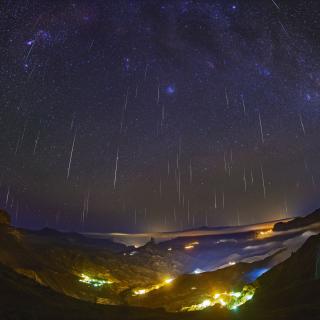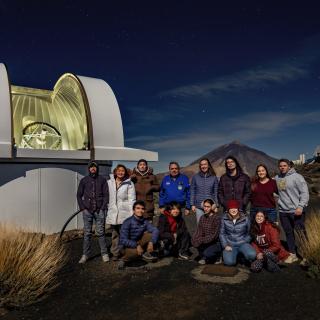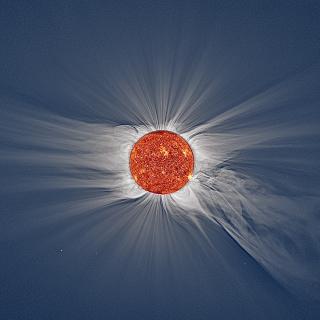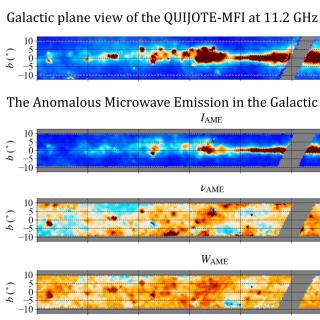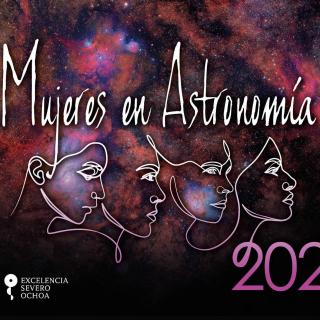
The Instituto de Astrofísica de Canarias (IAC) is joining in the celebrations for 11 February by taking part in more than a dozen actions aimed at promoting scientific and technological vocations among girls and young women and making the role of women in the development of science more visible. The report " Radiography of the gender gap in STEAM education" published in 2022 by the Equality Unit of the Ministry of Education and Vocational Training shows that in some key disciplines for the future and, in particular, those related to Astronomy and Astrophysics, progress is not being made
Advertised on
